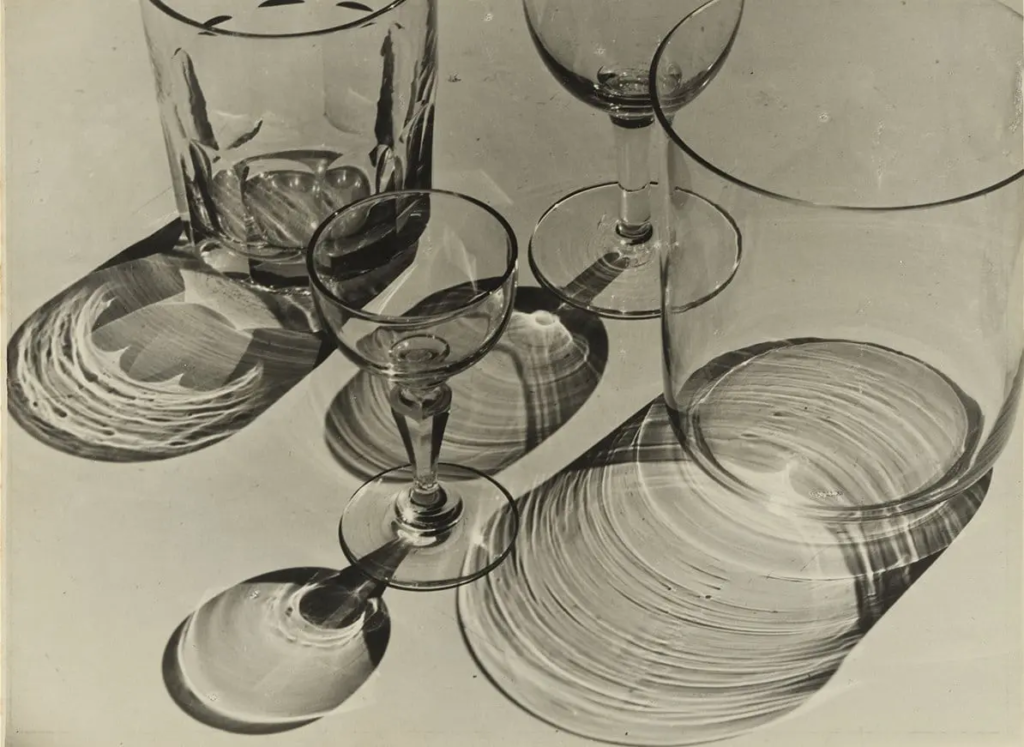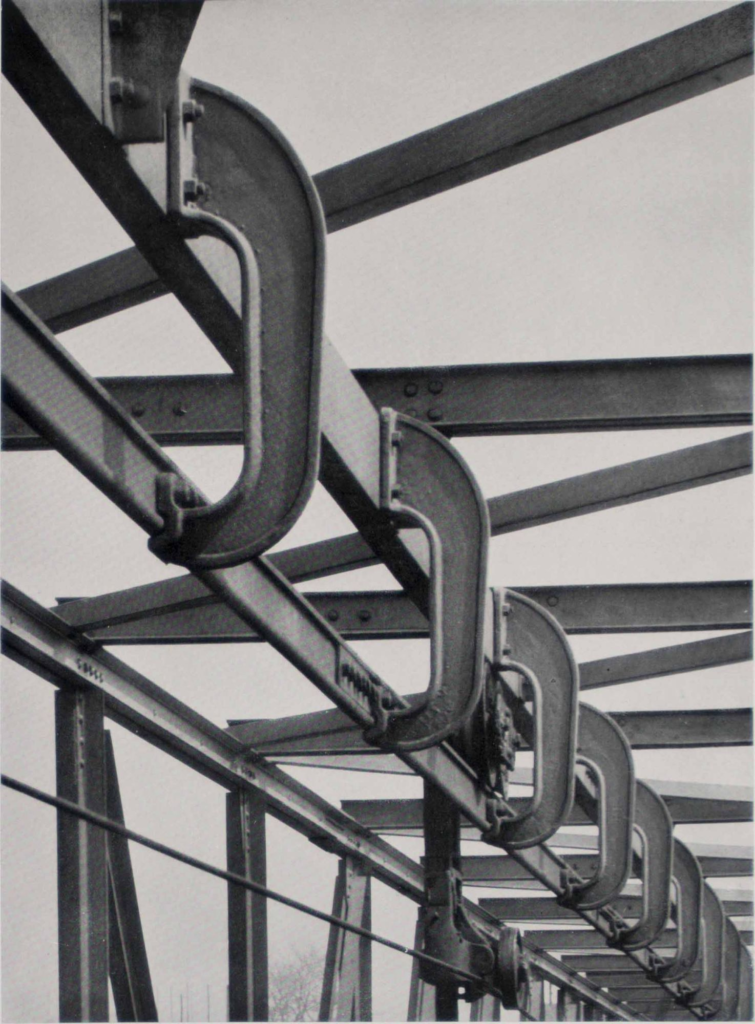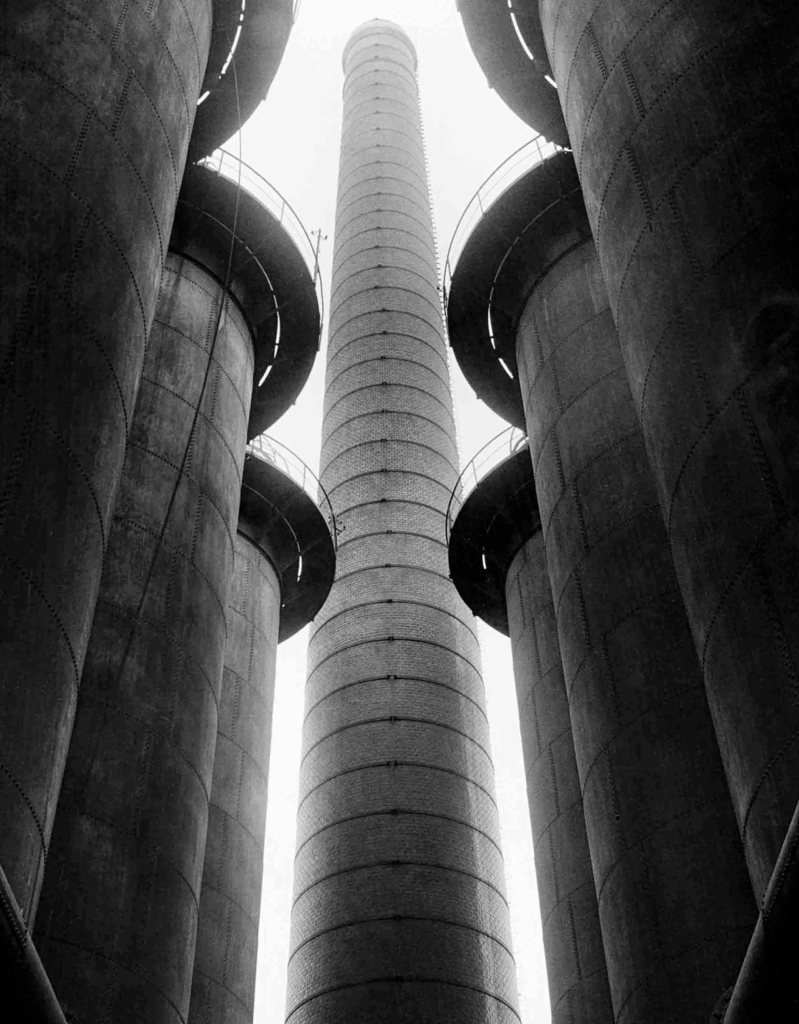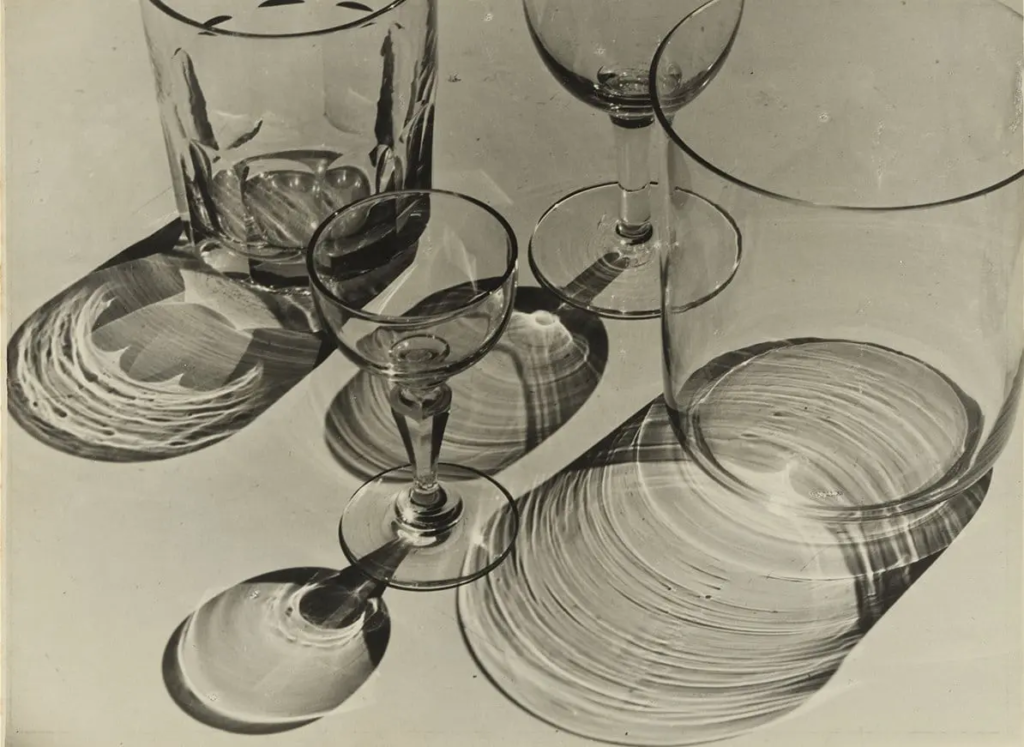Biography
Renger-Patzsch was born in Würzburg and began making photographs by age twelve.[1] After military service in the Fist World war he studied chemistry at the Königlich-Sächsisches Polytechnikum in Dresden. In the early 1920s he worked as a press photographer for the Chicago Tribune before becoming a freelancer and, in 1925, publishing a book, Das Chorgestühl von Kappenberg (The Choir Stalls of Cappenberg). He had his first museum exhibition in Lübeck in 1927.

The types of subjects he preferred to photograph:
The types of subjects he preferred to photograph. The ways in which he explored the formal elements in his work e.g. form, light, rhythm, line, texture, repetition etc. Renger-Patzsch work is very abstract and mainly focused on similar patterns being repeated.
Neue Sachlichkeit:The New Objectivity was a movement in German art that arose during the 1920s as a reaction against expressionism.



The ways in which he explored the formal elements in his work e.g. form, light, rhythm, line, texture, repetition etc.
How does Renger-Patzsch’s work fit with the concerns of artists associated with this movement? The types of subjects he preferred to photograph. The ways in which he explored the formal elements in his work e.g. form, light, rhythm, line, texture, repetition etc. His famous book ‘The World is Beautful’
Historical context
There are numerous reasons why some photographers in the 1920s (along with other artists) began to represent the world with “objective, sober eyes”:
- a response to the chaos of the First World War and a rejection of the culture leading up to it
- a rejection of the emotional and spiritual concerns of Expressionism and an interest in the rational and political
- a response to rapid industrialisation in Europe and America
- a response to the particular qualities of the camera and a move away from painterly effects like soft focus
Photo Analysis:

Overall I really like this photo as it has a contrasting background and helps the main objects to standout, there are shadows under the object which makes the objects pop out, this is really effective and helps me understand how the artist has looked at the texture, light, lines and patterns of each object, I feel as though the artist has made the photo look quite plain but minimalistic , they could have made the background colourful or even the objects colourful to add different emotions to the photo. This photo makes me feel quite relaxed in the way that I don’t feel rushed or pressured to do anything, almost as though everything round me is still, however the lines in the shadows could also resemble a slight shake in the glass almost a panicked emotion showing and spreading through. I really like how his photo has turned out and would want to try and recrate it one day.
